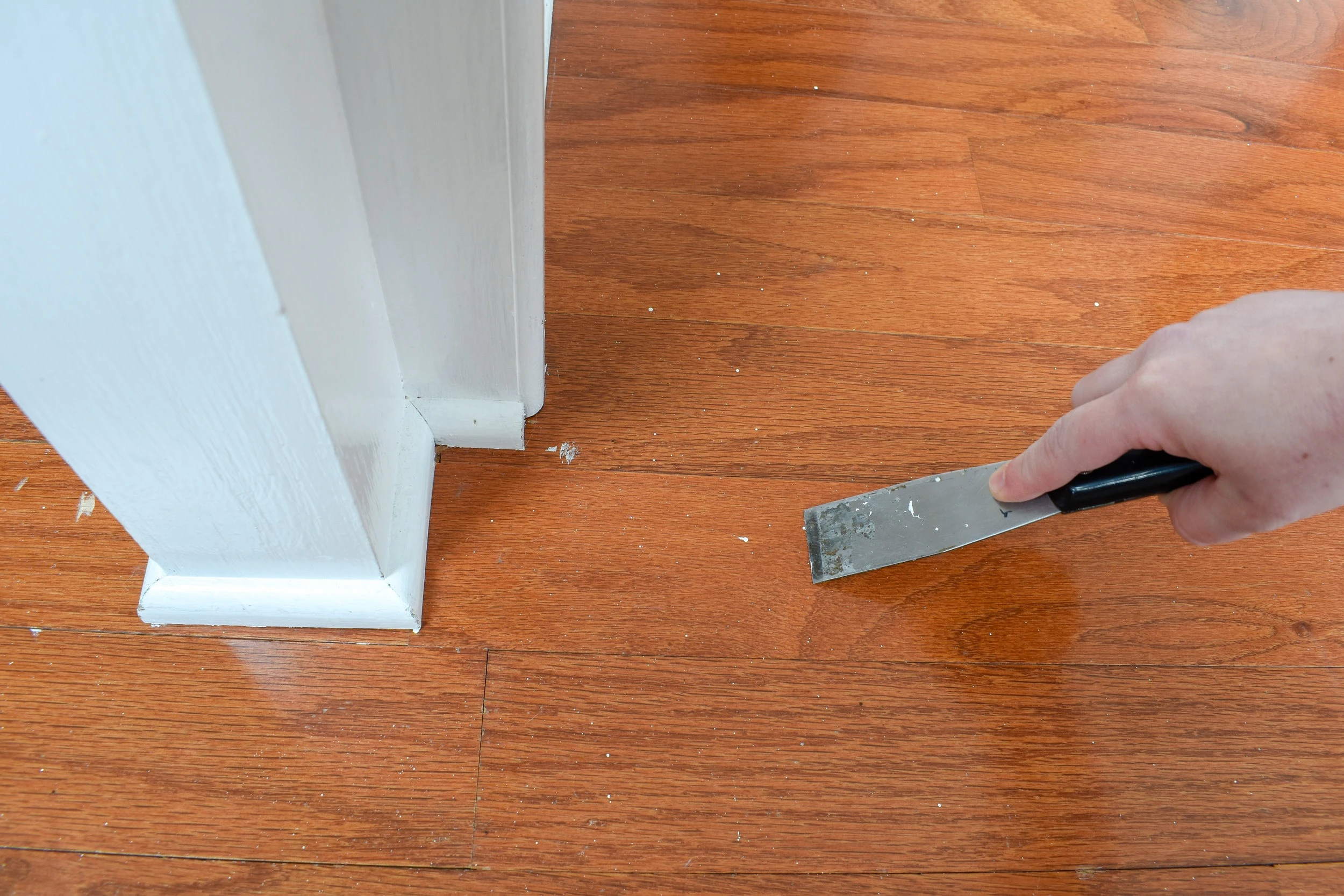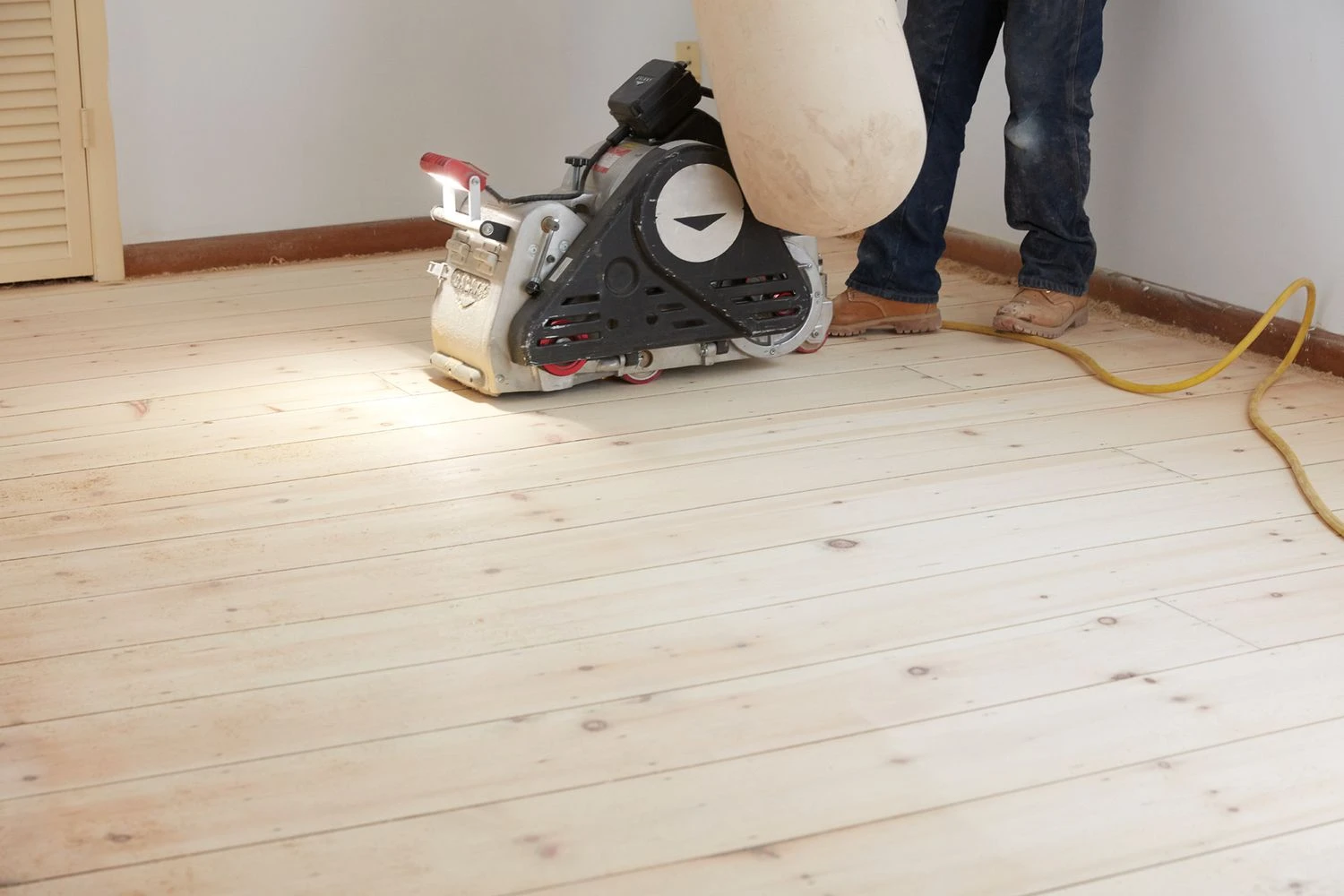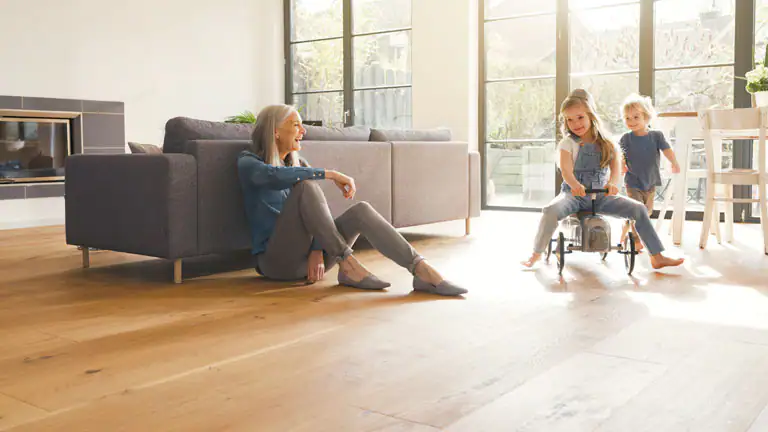Hardwood Flooring Companies Services
What is involved in the process of installing hardwood floors
The process of installing hardwood floors begins with selecting the appropriate type of wood based on your preferences and the specific conditions of your space, such as humidity levels and foot traffic. The installer will then prepare the subfloor, ensuring it is clean, level, and free of moisture. Depending on the type of hardwood, the installation may involve nailing, stapling, or gluing the boards to the subfloor, with precise alignment to create a seamless appearance.
If unfinished hardwood is used, the floor will need to be sanded and finished on-site, which involves applying stain and protective coatings. For pre-finished hardwood, the boards are already coated and ready to use after installation. The entire process is completed with a thorough inspection to ensure that all boards are securely in place and that the finish is even and smooth. This meticulous approach guarantees that the hardwood floor not only looks beautiful but is also built to withstand years of use.
What long-term benefits can you expect from investing in hardwood floors
Investing in hardwood floors offers long-term benefits such as increased property value, enhanced aesthetic appeal, and ease of maintenance. Hardwood floors are known for their durability and can last for decades with proper care, making them a cost-effective choice over time.
They also provide a timeless look that complements a variety of interior styles, from traditional to modern. Additionally, hardwood floors are easy to clean and maintain, as they do not trap dust, allergens, or odors like carpet. Regular sweeping, occasional mopping, and periodic refinishing can keep hardwood floors looking new for years. By choosing hardwood floors, you not only enhance the beauty and functionality of your home but also invest in a flooring option that adds lasting value.
FAQs
How often should hardwood floors be refinished?
Hardwood floors typically need to be refinished every 7 to 10 years, depending on the amount of foot traffic and the wear and tear they experience. Refinishing restores the floor’s original shine and removes surface scratches and imperfections.
Can hardwood floors be installed in any room?
Hardwood floors can be installed in most rooms, but they are not recommended for areas with high moisture, such as bathrooms or basements. In these areas, engineered hardwood or other moisture-resistant flooring options may be more suitable.
What is the difference between solid and engineered hardwood?
Solid hardwood is made from a single piece of wood, while engineered hardwood consists of a top layer of hardwood bonded to layers of plywood or high-density fiberboard. Engineered hardwood is more resistant to moisture and temperature changes, making it a good option for basements or areas with fluctuating humidity.
How can I protect my hardwood floors from scratches and damage?
To protect hardwood floors, use rugs or mats in high-traffic areas, place felt pads under furniture legs, and avoid wearing high heels on the floors. Regularly cleaning the floors with a soft broom or vacuum can also prevent dirt and debris from scratching the surface.
Is it possible to change the color of my hardwood floors?
Yes, the color of hardwood floors can be changed by sanding down the existing finish and applying a new stain. This allows you to update the look of your floors without replacing them. It’s a great option if you want to refresh your space or match new decor.







